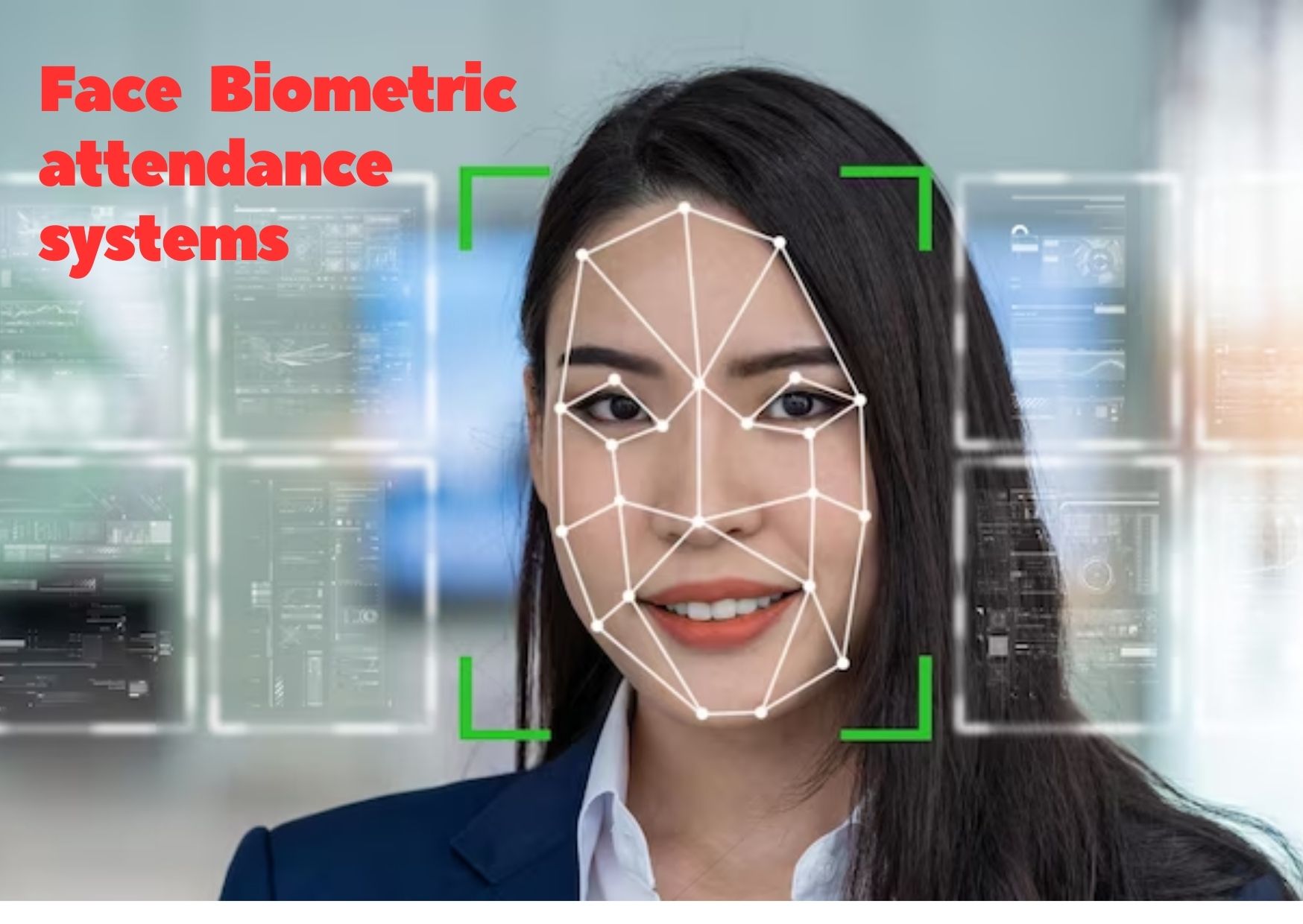In the fast-growing world of technology, biometric attendance systems are essential for businesses seeking effective and secure time management solutions. Biometric attendance systems are crucial to modern workforce management, and this page explains their definition, functions, and complex workings.
What Is A Biometric Attendance System?
A worker is paid for their time. Thus, tracking employee job time is crucial. Maintaining attendance records was necessary to track employee working hours. The late 1800s saw the invention of the time clock, which tracked factory workers’ arrival and departure.
Mechanical time clocks were replaced with electronic ones. However, these failed often and needed repair. This allowed time clock software to emerge in the 1990s enabling enterprises to abandon mechanical devices.
As computing systems have become more sophisticated, time clock software has grown into complex packages like biometric attendance systems that can handle proxy attendance marking when one individual logs in data instead of the original.
A fingerprint scan is the key to entering or leaving the workplace in most biometric time and attendance systems. Iris, face, typing cadence, voice, and other biometric scans are utilized to establish unique patterns that cannot be recreated.
Thus, biometric attendance systems essentially eliminate proxy entry and other malpractices. One person’s fingerprint biometrics will not match another’s.
How Does The Biometric Attendance System Work?
A fingerprint-based biometric attendance system allows factory and office workers to be monitored discreetly. A biometric attendance system starts with scanning each worker’s fingerprint and mapping it to system-defined coordinates.
The system also stores fingerprint coordinates placed against a graph. Next, the coordinates are checked against the mapped and stored coordinates whenever the same person touches the scanner.
Only if the latest image matches the stored one is the entry timed. Because scanning a finger in the biometric attendance system maps and stores many coordinates, no one can replicate a fingertip. Matching all generated coordinates is tough.
The coordinates of each fingerprint are unique and cannot be replicated. Since this is the most unique benefit, fingerprint reader biometric systems are the most popular nowadays.
These limitations limit the adoption of biometric systems: expense, marauders can hack biometric databases, databases can become damaged, and facial recognition technologies are accused of violating users’ privacy.
Which Type Of Biometrics Works The Best?
Biometric methods like fingerprint and iris scanning are most popular. Facial recognition and vein pattern recognition are becoming prominent. Here are some current biometric systems’ strengths and downsides.
- Fingerprint Recognition
Ridge ends and bifurcations of fingerprint patterns are recorded as pictures. These are the most common fingerprint attendance system software methods. This is not foolproof like other methods. Hand-laboring seniors may have trouble getting their fingerprints taken.
- Face Recognition
A face map shows organs and skin structure and position. Face recognition biometric attendance system method is effective for distant face detection in crowds. The downside is that recognition requires looking straight at the camera and may not succeed every time.
- Iris Recognition
Personal iris patterns are encrypted bar codes. This is one of the greatest biometric attendance methods.
Infrared scanning is most secure and produces the best results. The drawbacks are discomfort, time, and cleanliness issues when scanning the iris.
- Vein Pattern Recognition
Scanning the veins under the finger skin and digitizing the bifurcations and pattern is preferred. This procedure is faster and easier. This procedure is ineffective and unpopular for persons with cold fingers and certain conditions. Palm vein pattern recognition is safer and easier. This procedure is quick and easy.
5 Reasons To Use Biometric Attendance Machine
- To eliminate paper-based monitoring: School and employee staff are overwhelmed by paper. They can remove paper attendance tracking and errors with biometric attendance.
- Most accurate tracking solution: Human errors in attendance can cost firms. The Biometric Attendance machine eliminates attendance errors. It’s impossible to copy these machines’ properties.
- Saves time: A Biometric attendance device saves employers’ time while manually managing attendance. The employee’s total time will be determined automatically from clock-in and clock-out. Any employer can read or download an employee’s attendance report.
- Better security: Biometric systems are best. Data from these systems’ databases cannot be stolen. They also prevent proxy attendance. No one can enter without biometrics. Thus preventing stealing.
- Saves Money: A one-time investment meets an organization’s needs for years.
Things To Consider When Using A Biometric Attendance System
All companies want smarter workplaces with technology. This streamlines employee management. Most companies install biometric time and attendance systems for that reason. They monitor attendance, limit premise access, and boost productivity and accountability. However, organizations implementing biometric fingerprint attendance systems must consider the following:
- Data safety
Data security is the most crucial feature of biometric attendance. The system uses employee data, thus it must be protected from identity theft.
- System usability
The biometric attendance management system must be simple, effective, and give the optimum user experience. This is crucial for every company to succeed.
- Biometric attendance technology
Presently, biometric systems use several technologies. Their examples include DNA matching, fingerprint, face, hand geometry, or iris recognition. Cost and biometric identification time make fingerprint recognition the most popular biometric attendance system. To work smoothly, the biometric system should identify employees in milliseconds.
- Cloud accessibility
A biometric attendance system’s cloud accessibility has various benefits. Cloud-based attendance systems allow smart device access. They can track their scheduled work hours regardless of location. In pandemics, it allows remote work.
Biometric attendance systems let companies give employees the greatest experience by considering the above elements.
Best Biometric Attendance System Dealer In Delhi
Delhi companies looking for a secure and seamless biometric attendance system should look no farther than Smart Safety India. As Delhi’s top Biometric Attendance System dealer and distributor, they offer cutting-edge systems with biometric technology for precise and effective attendance tracking. Smart Safety India is a supplier of premium-quality biometric attendance machines like fingerprint attendance systems, face recognition attendance systems, aadhar based biometric machines, thumb attendance machines, punching machines, and many more advanced level biometric attendance systems. So to get more results just search on Google “Fingerprint attendance system Delhi” and you will get many more options and lists for this thing.
Conclusion/summary
In conclusion, this complete biometric attendance guide emphasizes the need of innovative technology in keeping work hours secure. Organizations can track employee attendance efficiently, accurately, and securely with biometric attendance systems. By using fingerprints, face features, or iris patterns, businesses can improve security, reduce fraud, and expedite time management. In the changing labor management landscape, biometric solutions are a strategic need for companies wanting a modern, dependable, and smart approach to work hour security.


